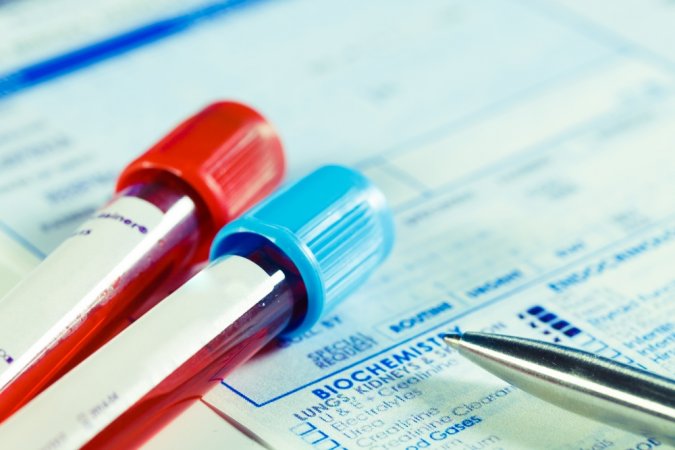
What should we do to prevent the most common cancers in the society or to catch them early? Here, check-up programs applied for the most common cancers are mentioned.
1- Lung cancer: Spiral tomography should be taken in people whose mother or father has lung cancer, who smoke, and who have a cough.
2- Prostate cancer: It usually does not show any symptoms in the early period. For this reason, it is necessary to look at the prostate-specific antigen, which we call PSA, in the blood once a year in men starting from the age of 50. It is a tumor marker and is elevated in patients with prostate cancer.
3- Breast cancer: It is not possible to diagnose small masses by physical examination. For this reason, women from the age of 40 should have a mammogram once a year. If necessary, breast ultrasonography and breast MRI can be added to this.
4- Skin cancers: They are usually noticed because they are on the surface. However, sometimes a skin examination should be done once a year, since there are parts of the skin that we cannot reach with our own eyes. Here, the places where lesions can be hidden, such as the scalp, are also checked. In addition, changes in moles and other skin lesions that we are not aware of can be detected by the dermatologist.
5- Stomach cancer: Some stomach ailments referred to as gastritis may be a sign of cancer. These people should undergo an upper endoscopic examination called gastroscopy. In this way, the cause of the complaints can be understood. A biopsy is done to decide whether there is cancer or not.
6- Bladder cancer: In cases where a disease such as bloody urine is suspected, a test called cystoscopy is performed by entering the bladder through the urinary canal and, if necessary, a biopsy is taken.
7- Colon cancer: Polyps in the large intestine can turn into cancer over time and they do not give any symptoms. For this reason, everyone over the age of 50 should have periodic colonoscopy. If polyps are found, they are removed during the endoscopy and the treatment is completed. Today, this test has become much easier to do. During the examination, the patient does not feel any pain or pain as he is put to sleep. If a polyp that can turn into cancer is found, the colonoscopy should be repeated one year later. In people who are found to be normal, it is necessary to repeat the examination between 3 and 10 years. In addition, occult blood in the stool should be checked once a year. Since people with blood in the stool may have colon cancer, the intestines should be examined by colonoscopy.
8- Thyroid cancer: In case of doubt, palpable neck examination and thyroid ultrasonography should be performed. A biopsy should be taken from suspicious nodules.
9- Uterine cancer: 20% of uterine cancers do not show any symptoms. In these, a test called ‘pap smear’ can be done. In this test, a swab is taken from the cervix. In fact, the ‘pap smear’ test is a very important test in catching cervical cancers before they occur. It should be done once a year after the sexual life begins. However, it is less effective in catching cancers in the body of the uterus. In cases where uterine cancer is suspected, tomography or MRI of the abdomen can be taken in addition to the ‘pap smear’.
10- Female ovarian cancer: In suspected cases, information about the disease can be obtained by looking at the antigen called CA-125 in the blood. Obstetrics and gynecological examination, ultrasonography and MRI determine whether there is a mass in the ovaries.

